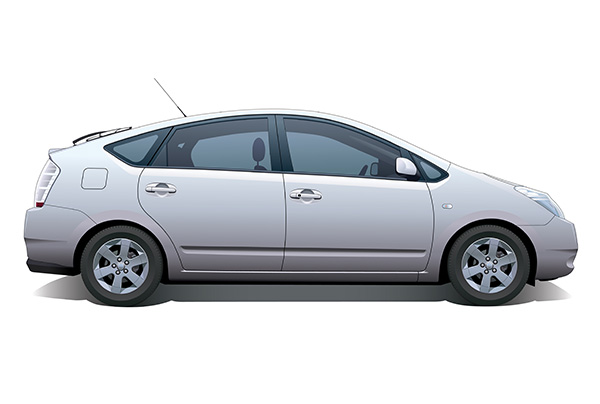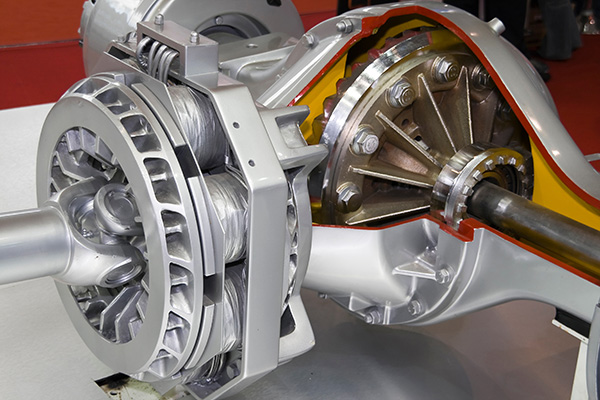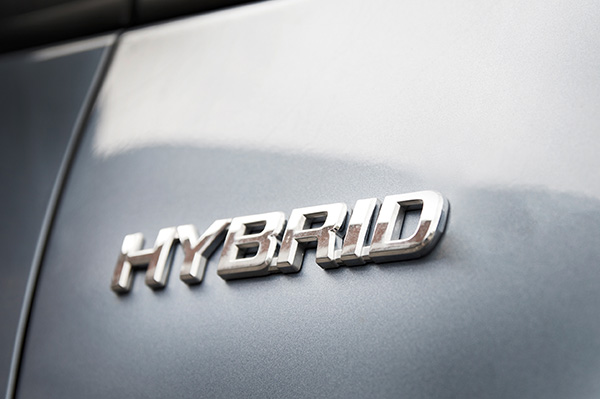Posted on 2/28/2025

Toyota vehicles are known for their long-lasting reliability, but that doesn’t mean they’re immune to problems. Even the most dependable models can develop issues over time, especially as they rack up miles. Staying ahead of common trouble spots can help you avoid costly repairs and keep your Toyota performing at its best. What are the most frequent problems Toyota owners face, and how can you prevent them? 1. Oil Consumption in High-Mileage Engines Some Toyota models, particularly those equipped with 2AZ-FE 2.4L four-cylinder engines, have been known to develop excessive oil consumption as they age. This issue has been reported in models such as the Toyota Camry, RAV4, and Corolla from the mid-2000s to early 2010s. Owners may notice the oil level dropping between changes or needing to add oil more frequently. If left unchecked, low oil levels can lead to engine damage. Regular oil level checks and switching to high-mileage motor oil can help reduce exce ... read more
Posted on 1/31/2025

Most drivers are familiar with routine maintenance like oil changes, brake inspections, and tire rotations, but there’s one system that often gets overlooked—the differential. Whether you drive a car, truck, or SUV, your vehicle’s differential plays a major role in ensuring a smooth and stable ride. But what happens when it’s neglected? What Does the Differential Do Your vehicle’s differential is responsible for distributing power from the engine to the wheels while allowing them to rotate at different speeds. This is especially important when turning, as the inside and outside wheels need to move at different rates to prevent skidding or dragging. In rear-wheel-drive vehicles, the differential is located at the back and is connected to the driveshaft. In front-wheel-drive cars, it’s integrated into the transaxle. All-wheel-drive and four-wheel-drive ... read more
Posted on 12/21/2024

Taking your SUV off the beaten path can be one of the most thrilling adventures you’ll ever experience. But if you’re serious about off-roading, your stock SUV might not cut it. From rugged trails to overlanding adventures, upgrading your vehicle ensures safety, better performance, and more fun. So, where do you start? Let’s explore the best ways to enhance your SUV’s off-road prowess while keeping your goals and budget in mind. 1. Start with Suspension Upgrades Suspension is the backbone of off-road performance. A quality suspension lift improves ground clearance, allowing your SUV to conquer rocky trails, deep ruts, and uneven terrain. Brands like Westcott Designs, Icon, and King specialize in suspension kits tailored to vehicles like Toyota 4Runner, Tacoma, and Lexus GX models. Not all lifts are the same, so consider your off-road goals. Are you tackling ex ... read more
Posted on 11/28/2024

Winter driving can be nerve-wracking, especially when icy roads turn every trip into a test of skill and patience. Even the most experienced drivers can find themselves caught off guard when their tires lose grip on a slick patch of ice. But skidding isn’t inevitable—it’s preventable with the right techniques and preparation. So, how can you stay in control and avoid those heart-stopping moments? Why Skidding Happens Before you can prevent skidding, it helps to know why it happens. Skidding occurs when your tires lose traction with the road surface, typically due to ice, snow, or excessive speed. Icy roads are especially tricky because they can appear deceptively clear, hiding black ice—a thin, nearly invisible layer of frozen water. Factors like over-accelerating, sudden braking, or sharp steering can trigger a skid. Your car’s weight distribution and the condition of your tires also play a significant role. The key to staying safe is ... read more
Posted on 10/31/2024

Are you considering a new car and torn between a conventional gasoline engine and a hybrid? With rising environmental concerns and fuel prices fluctuating, hybrid vehicles are becoming popular for drivers who want the best of both worlds. Offering a unique blend of fuel efficiency, reduced emissions, and cutting-edge technology, hybrids can be an excellent option for your next car. But what exactly makes hybrid vehicles stand out, and why should you consider one for your driveway? Fuel Efficiency That Saves You Money One of the biggest reasons people turn to hybrid cars is the promise of fuel efficiency. Who doesn’t want to save money on gas? Hybrid cars use a combination of a gasoline engine and an electric motor, allowing you to get more miles per gallon (MPG) compared to traditional gas-powered cars. The electric motor assists the gas engine, meaning your vehicle doesn’t need to rely solely on fuel to run. If you drive in stop-and-go traffic often, hy ... read more